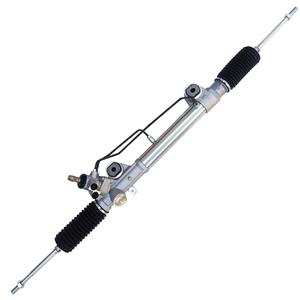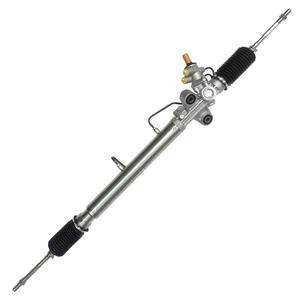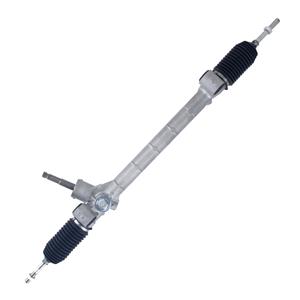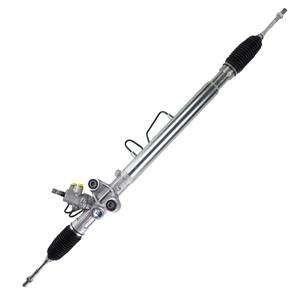Should the rack of the power steering rack be moved?
The power steering rack is a key technology in modern cars. It reduces the driver's control pressure by providing steering assistance, making the vehicle more flexible and easy to control under various driving conditions. As an important part of the power steering system, the steering rack and rack not only bear the basic task of steering operation, but also directly affect the accuracy and stability of steering.
In this system, the steering rack is usually connected to a rack or rack assembly, and the function and design of this assembly are crucial to the normal operation of the system. One of the common questions is: "Should the rack of the power steering rack be moved?" Behind this question is not only the problem of mechanical design and functional optimization, but also related to the safety, handling and maintenance of the vehicle.
This article will explore this issue in depth from multiple angles to help car owners, maintenance personnel and car enthusiasts better understand the working principle of the power steering rack and rack, and reveal the possible impact when the rack moves abnormally.
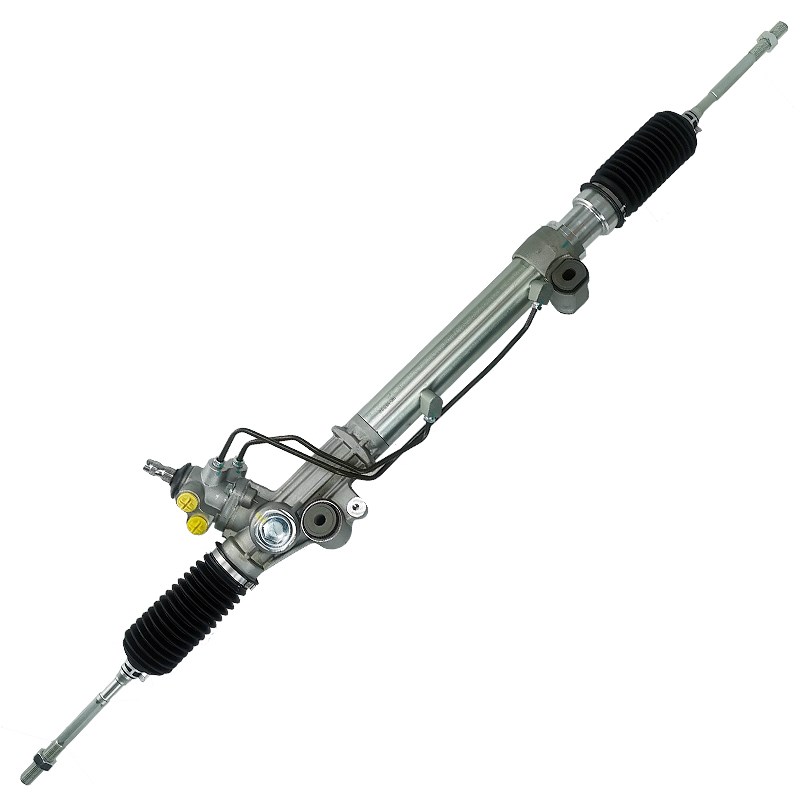
What are the structures of the power steering rack and rack?
To understand whether the rack of the power steering rack should be moved, you first need to understand the basic structure and function of the steering rack and rack. The steering rack is a key component in the steering system. It usually consists of a long gear and a sliding part that meshes with it. The function of the steering rack is to transmit the driver's steering force to the wheel through the steering column to achieve the steering control of the vehicle.
In the power steering system, the steering rack and the rack cooperate with each other. The rack is a part fixed to the vehicle chassis, which supports the steering rack and provides power to the rack through a hydraulic or electric system. When the driver turns the steering wheel, the sliding part on the power steering rack will move along a certain track in the rack to transmit the steering wheel's rotation signal. The hydraulic system or electric power system will provide corresponding power assistance to reduce the resistance during the steering process, making the vehicle's steering lighter and more precise.
Design requirements and principles of rack movement
Normally, the rack of the power steering rack should not move excessively. The purpose of the rack design is to fix the steering rack so that it can move smoothly during the steering operation and provide assistance to the driver through a hydraulic or electric power system. The role of the rack in the system is to ensure that the steering rack moves on a certain track, rather than moving up and down or left and right in a disorderly manner.
The rack should be designed to have a certain degree of rigidity and stability. Its fixed position and structural design need to ensure the smooth operation of the power steering rack and avoid excessive movement or vibration during the steering process. Excessive movement will not only cause inaccurate steering of the power steering rack, but may also cause other potential problems such as wear, noise, and even mechanical failure.
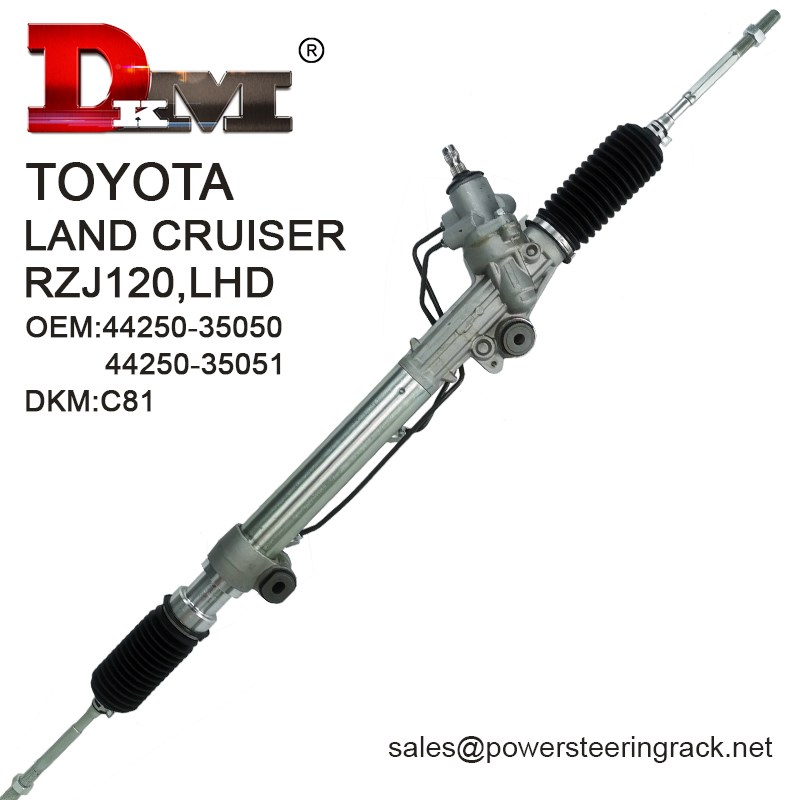
What are the reasons for abnormal rack movement?
Although the rack should usually be fixed, in some cases, the rack may move abnormally. This phenomenon may be caused by the following reasons:
1. Improper installation or looseness
If the rack in the power steering rack is not installed correctly or the connection is loose, it may cause abnormal movement of the rack. Usually, the rack is fixed to the chassis with a series of fasteners. If these fasteners are loose or not installed firmly, the rack may move slightly, which will affect the accuracy and stability of the steering rack.
2. Damage to the rack or wear of components
The long-term use of the rack may cause wear of internal components, especially in some key connection parts such as slide rails and bearings. As wear increases, the rack may lose its stability and cause abnormal movement. Especially in hydraulic power steering racks, uneven pressure or worn oil seals may also cause slight sliding or vibration of the rack.
3. Hydraulic system failure
Hydraulic power steering racks rely on liquid pressure to drive the movement of the steering rack to ensure its smooth rotation. If the hydraulic system fails, such as hydraulic pump damage, oil leakage, low oil pressure, etc., it may cause uneven force on the rack during movement and unstable movement. For example, insufficient oil or insufficient flow may cause the hydraulic power to fail to provide sufficient support, which may cause abnormal movement of the rack.
4. Failure of the electric power steering system
In an electric power steering rack, the electric motor drives the steering rack through electricity. If the electric system fails, such as motor damage or electronic control module failure, it may cause unstable movement of the system, which affects the normal operation of the rack. Unlike hydraulic systems, the rack movement of electric power steering racks often depends on the precise control of the motor, so the failure of the electric power steering rack directly affects the smoothness of steering.
5. Design defects or material problems
Sometimes, design defects or material problems of the rack may also cause the rack to move unnecessarily. For example, some low-quality materials may not be able to withstand the pressure and load caused by long-term use, causing them to deform or lose their original rigidity. In addition, if the design is not well considered, the fit between the rack and the power steering rack may not be precise enough, thereby increasing unnecessary movement.
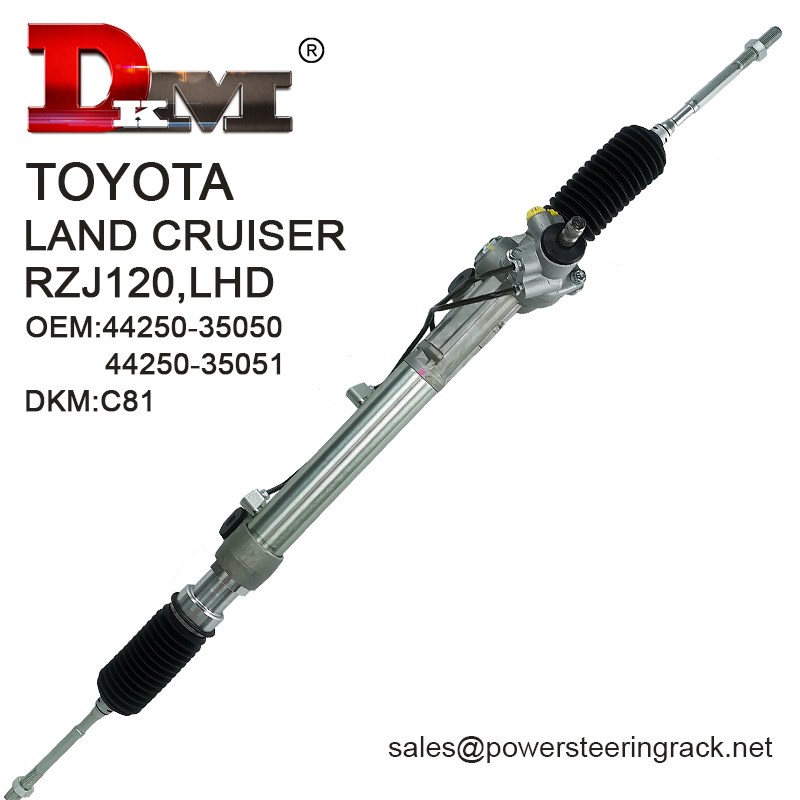
What are the effects of abnormal movement of the power steering rack rack?
If the rack of the power steering rack moves abnormally, it may have a serious impact on the performance and safety of the car. Here are some possible consequences:
1. Steering instability
If the rack moves abnormally, it will affect the normal movement of the power steering rack. The precise position and movement trajectory of the steering rack are key to ensure stable steering of the vehicle. The instability of the rack will lead to inaccurate steering angles, which will affect the handling of the vehicle, especially when driving at high speeds or making sharp turns. The vehicle may be difficult to control, increasing the risk of accidents.
2. Increased component wear
Abnormal movement between the rack and the power steering rack will cause uneven contact between components, which will increase wear. Especially in hydraulic power steering systems, fluctuations in fluid pressure may cause additional loads on seals, oil seals and other components inside the system, resulting in reduced sealing and increased risk of fluid leakage.
3. Increased driving noise and vibration
If the rack is unstable or moves excessively, the vehicle's steering system may make noise or vibration. The driver may feel that the steering wheel operation becomes unsmooth or even hear unusual noises, which not only affects the driving experience but may also indicate a potential fault in the system.
4. Damage to hydraulic or electric systems
Abnormal movement of the rack may cause uneven pressure in the hydraulic or electric system, and this pressure fluctuation may cause damage to the internal components of the system. For example, in a hydraulic system, abnormal pressure fluctuations may cause damage to the hydraulic pump and pipelines; while in an electric power steering system, the motor and electronic control module may fail due to overload.
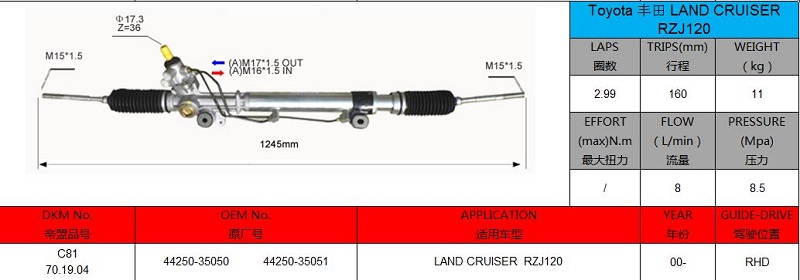
How to avoid abnormal rack movement?
In order to ensure the smooth operation of the power steering system and avoid abnormal movement of the rack, car owners and maintenance personnel can take the following measures:
1. Regular inspection and maintenance
Regularly check the power steering rack, including checking the installation status of the rack, the pressure and oil level of the hydraulic system, the sealing of the hose, etc. Ensure that all components are in normal working condition and detect and deal with possible faults in time.
2. Use high-quality parts
When replacing or repairing, use high-quality parts, including the rack, hydraulic pump, steering rack, etc. High-quality components can better withstand the pressure of long-term use and reduce the possibility of abnormal movement.
3. Timely repair of hydraulic and electric system faults
If a fault is found in the hydraulic system or electric power steering rack, it should be repaired as soon as possible. Problems such as hydraulic oil leakage, insufficient oil pressure, and electric motor failure may cause the steering system to work unstable, thereby affecting the movement of the rack.
Searching for a reliable Chinese supplier of automotive steering systems? Look no further than Guangdong Diamond Auto Parts Co., Ltd. With decades of experience, we manufacture power steering racks for Toyota, Honda, Mitsubishi, and other global brands. Operating a 20,000-square-meter factory, we utilize automated production lines and over 280 advanced machines to deliver low-cost, high-quality solutions. Our products are available for wholesale purchasing with discounts and customized specifications. Reach out for quotes and factory-direct prices today!

